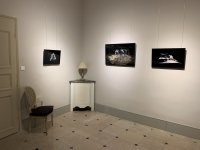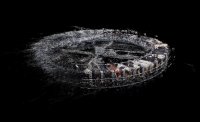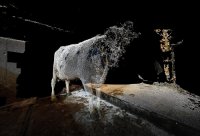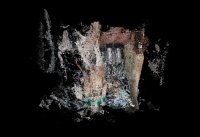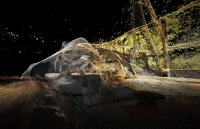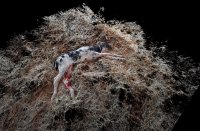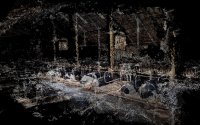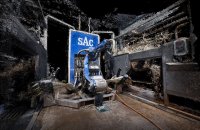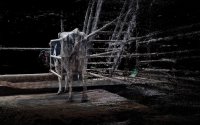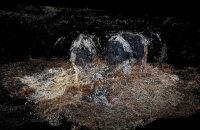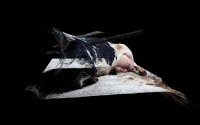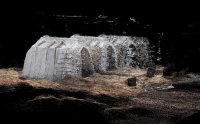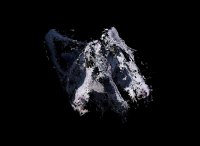Biographie
Daniel Szalaï studied in Cologne (International School of Design), Vienna (University of Applied Arts), and Budapest (Moholy-Nagy University of Arts and Design) where he obtained a Master's degree in photography and a PhD in multimedia arts.
His work and publications have been awarded or nominated in numerous festivals, including: Rencontres d'Arles (2022), PhotoEspana (2022), Encontros da Imagem de Braga (Portugal, 2020), Gibellina PhotoRoad (Italy, 2019), LensCulture Emerging Talent Awards 2019, Carte blanche Paris Photo (2018), Budapest Portfolio Review 2018 (Robert Capa Contemporary Photography Center), BredaPhoto 2018 International Talent Program (Netherlands)...
Présentation
The starting point of the project, Unleash Your_Herd’s_Potential was the news that a face recognition program for cattle had been developed. Considering precision livestock farming, the work takes cattle as an animal ‘broken in’ by the algorithm and reflects on surveillance, exploitation and our relationship to nature.
Utilising computer vision, artificial intelligence and robotics, today’s automated dairy farm functions as a new kind of panopticon in which animals are subject to continuous digital monitoring. While free to move autonomously within the facilities, they spend their entire life in a closed system and actively participate in their exploitation in return for rewards. The extensive technology infrastructure enables the quantifying of all aspects of the cows’ life; hence, it allows treating each individual of the herd as a mere dataset in line with the idea of 360-degree customer view. Therefore, precision dairy farming can be regarded as an example of surveillance capitalism applied to animals, and a new means of consolidating the distance between human and non-human entities through virtualization and gamification. (and the motivation of computer games)
Unleash Your_Herd’s_Potential addresses these issues by rendering cows and their environment using photogrammetry, a photography-based 3D-scanning technique originally developed for cartography and surveying. Employing this method enables the representation of the subject as a cloud of information - the creation of an exploded view - while lending the images a painterly appearance. This results in a work characterized by a 21st-century bucolic imagery in which the datafied existence of animals belongs to an increasingly technological landscape perceived through digital means.
In addition, the work comprises a collection of salt licks, providing a counterpoint to the images by bringing in materiality and the agency of the cows. Manufactured as cubiform blocks, and given to the cows to gain essential nutritions, these mineral licks were shaped into anomalous, organic forms by the animals. Thus, these artefacts can be regarded as symbols of the rebellion against our endeavour to turn living beings into parameterized commodities.
